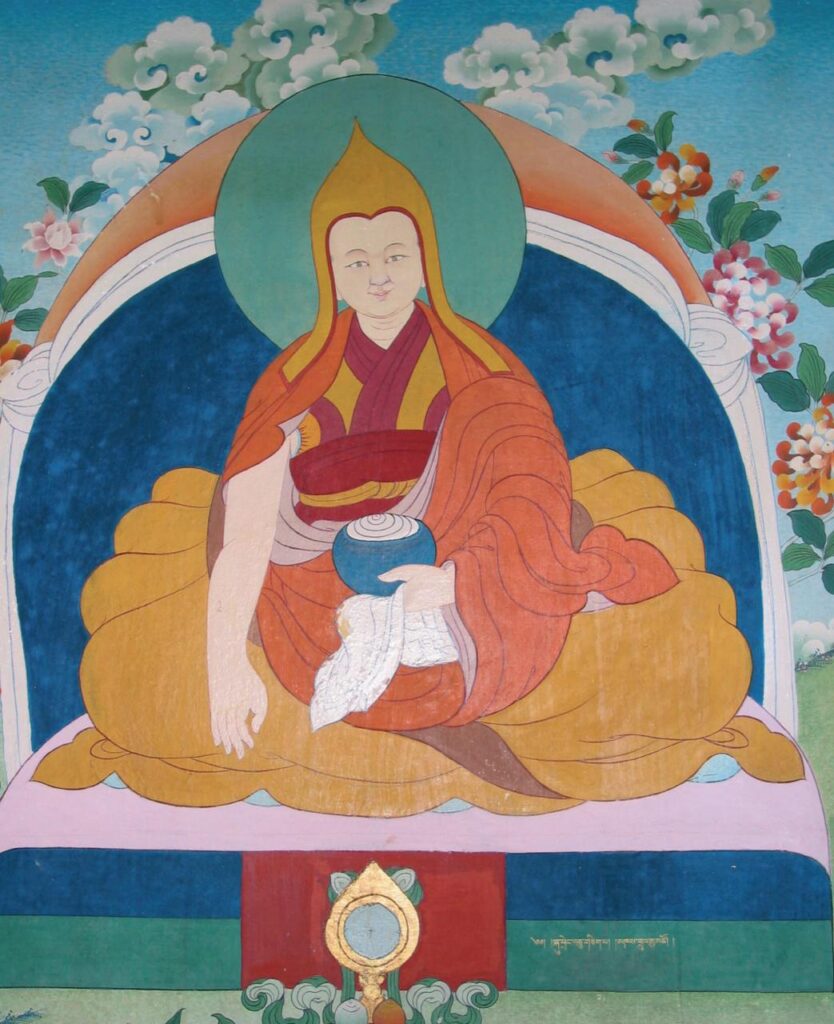

The Eleventh Dalai Lama–Khedrup Gyatso (1838–1856)
Khedrup Gyatso, the Eleventh Dalai Lama, was born in 1838 near Gathar Monastery in Dartsedo, Eastern Tibet, to Tsetan Dhondup and Yungdrung Bhuti. In 1841, at the age of three, he was recognized as the reincarnation of the Tenth Dalai Lama. His recognition was confirmed through the Golden Urn, as required by the Qing government—a process formally acknowledged by Tibetan authorities for the first time.
The Seventh Panchen Lama, Tenpai Nyima, performed the traditional hair-cutting ceremony and gave him the name Khedrup Gyatso. In 1842, at the age of five, he was formally enthroned at the Potala Palace in Lhasa.
At eleven, in 1849, he received pre-novice monastic vows from the Panchen Lama and began his education in the Gelug tradition at Tibet’s major monastic universities. Teachers praised his sharp intellect, spiritual depth, and commitment to Buddhist learning. He participated in public ceremonies and made pilgrimages to important religious sites, further endearing him to the Tibetan people.
Khedrup Gyatso also contributed to cultural and spiritual life through patronage and writing. Under his guidance, a new private residence, Uyab Zimchung, was constructed within Norbulingka, allowing him closer engagement with the public and participation in festivals like Shoton.
In 1855, at the age of seventeen, he formally assumed political leadership of Tibet. Sadly, his reign was cut short. In 1856, less than a year after taking office, he died at just eighteen—becoming the third consecutive Dalai Lama to pass away before reaching maturity.
Despite his short life, Khedrup Gyatso left a lasting legacy. He is remembered for his promise as a spiritual leader and for his literary work, including The Story of the Monkeys and Birds, an allegorical poem reflecting on the late 18th-century conflict between Tibetans and the Gurkhas.
His brief yet meaningful life remains a poignant chapter in the Dalai Lama lineage, marked by potential, spiritual dedication, and the enduring continuity of Tibetan leadership.
